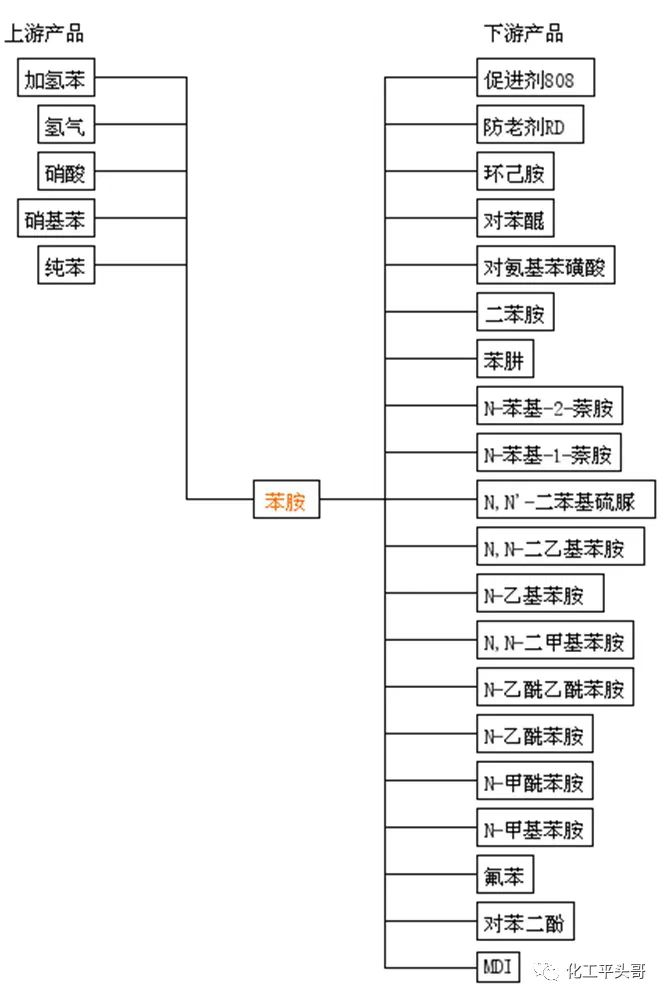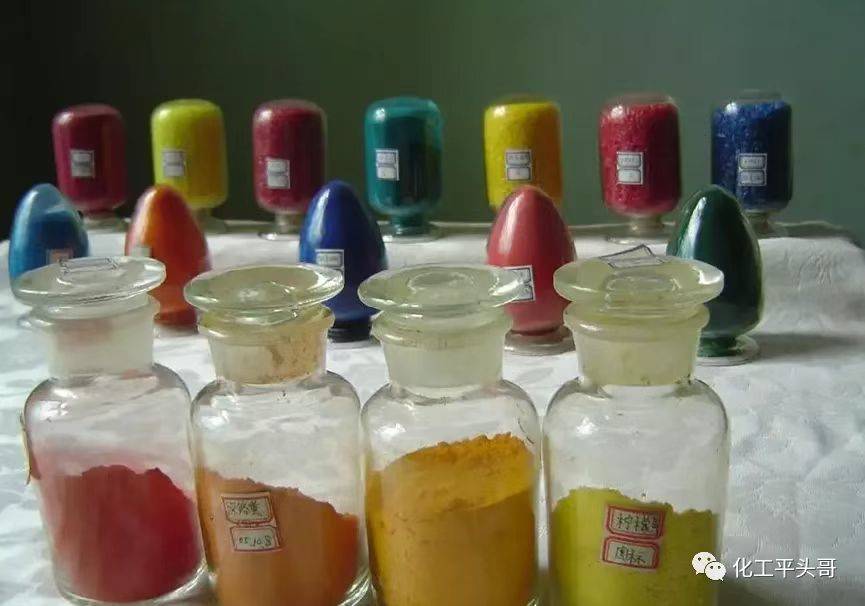After nearly a century of development, China’s chemical industry has become the fastest growing country in the world, and the industrial cycle is significantly shorter than that of the chemical industry in Europe, America, Japan and South Korea. In Europe, America and other countries, it only takes a few years to reach the scale stage, and China’s chemical industry is nearing the end. The difference is that after the large-scale stage of the chemical industry in Europe and America, the number of fine chemical products supported by high technology increases sharply, while in China, due to the limited development of technology, the market supply volume of fine chemicals increases slowly.
In the next 5-10 years, the large-scale process of China’s chemical industry will end and the fine development process will accelerate. At present, many domestic research institutions, especially those affiliated to leading enterprises, are increasing their investment in the research and development of fine chemicals.
For the development direction of fine chemicals in China, the first is the deep processing research using low-carbon hydrocarbons as raw materials, and the downstream is mainly concentrated in pharmaceutical intermediates, pesticide intermediates and other fields. Second, for the deep processing and utilization of polycarbon hydrocarbons, downstream in high-end fine chemical materials, additives and other fields; Third, for the separation and purification of high carbon hydrocarbon raw materials and deep processing and utilization, downstream in the surfactant, plasticizer and other fields.
Considering the cost dimension, the extension of the fine chemical industry of low-carbon raw materials is the cheapest way of production and research. At present, many scientific research institutions in China are actively extending the research of low carbon hydrocarbon fine chemical industry. The representative products are fine chemical extension of isobutylene industry chain and fine chemical extension of aniline industry chain.
According to the preliminary investigation, the industrial chain of more than 50 fine chemicals has been extended downstream of high purity isobutene, and the industrial chain refinement rate of downstream products is higher. Aniline has more than 60 kinds of fine chemicals downstream industry chain extension, downstream application directions are numerous.
At present, aniline is mainly produced by catalytic hydrogenation of nitrobenzene, which is the hydrogenation production of nitric acid, hydrogen and pure benzene as raw materials. It is applied downstream in the fields of MDI, rubber additives, dyes and medical intermediates, gasoline additives and so on. The pure benzene in oil refining and chemical production enterprises cannot be blended with oil products, which promotes the extension and utilization of the downstream industrial chain of pure benzene, which has become the focus of the chemical research and development industry.

According to the different industries in which the downstream products of p-aniline are applied, they can be roughly divided into the following industries: First, the application in the field of rubber accelerator and antioxidant, which can be roughly divided into five kinds of products, namely p-aminobenzidine, hydroquinone, diphenylamine, cyclohexylamine and dicyclohexylamine. Most of these aniline products are used in the field of rubber antioxidant, such as p-amino diphenylamine can produce antioxidant 4050, 688, 8PPD, 3100D, etc.
The consumption in the field of rubber accelerator and antioxidant is an important consumption direction of aniline downstream in the field of rubber, accounting for more than 11% of the total consumption of aniline downstream, the main representative products are p-aminobenzidine and hydroquinone.
In diazo compounds, using aniline and nitrate and other products, the products can be produced are p-amino-azobenzene hydrochloride, p-hydroxyaniline, p-hydroxyazobenzene, phenylhydrazine, fluorobenzene and so on. These products are widely used in the fields of dyes, pharmaceuticals and pesticide intermediates. The representative products are: p-amino-azobenzene hydrochloride, which is a synthetic azo dye, um voice dye, disperse dye, also used in the manufacture of paint and pigment and as an indicator, etc. P-hydroxyaniline is used in the production of sulphide blue FBG, weak acid bright yellow 5G and other dyes, the manufacture of paracetamol, antamine and other drugs, also used in the production of developer, antioxidant and so on.
At present, most aniline compounds used in China’s dye industry are p-amino-azobenzene hydrochloride and p-hydroxyaniline, accounting for about 1% of the downstream consumption of aniline, which is an important application direction of nitrogen compounds in the downstream of aniline and also an important direction of current industry technology research.

Another important downstream application of aniline is the halogenation of aniline, such as the production of p-iodoaniline, o-chloroaniline, 2.4.6-trichloraniline, n-acetoacetaniline, n-formylaniline, phenylurea, diphenylurea, phenylthiourea and other products. Due to the large number of halogenation products of aniline, it is preliminatively estimated that there are nearly 20 kinds, which have become an important direction of the extension of the downstream fine chemical industry chain of aniline.

Another important reaction of aniline is the reduction reaction, such as aniline and hydrogen to produce cyclohexamine, aniline and concentrated sulfuric acid and soda to produce bicyclohexane, aniline and sulfuric acid and sulfur trioxide to produce p-aminobenzene sulfonic acid. This kind of reaction requires a large number of excipients, and the number of downstream products is not large, roughly estimated to be about five kinds of products.
Among them, such as p-aminobenzene sulfonic acid, manufacturing azo dyes, used as reference reagent, experimental reagent and chromatographic analysis reagent, can also be used as a pesticide to prevent wheat rust. Dicyclohexamine, is the preparation of dye intermediates, as well as pesticide textile wheat rust, as well as the preparation of spices and so on.
The reduction reaction conditions of aniline are relatively harsh. At present, most of them are concentrated in laboratory and small-scale production stage in China, and the consumption proportion is very small. It is not the main direction of the extension of the downstream fine chemical industry chain of aniline.
The extension of fine chemical industry chain using aniline as raw material includes arylation reaction, alkylation reaction, oxidation and nitrification reaction, cyclization reaction, aldehyde condensation reaction and complex combination reaction. Aniline can participate in many chemical reactions, and there are many downstream applications.
Post time: Apr-13-2023





